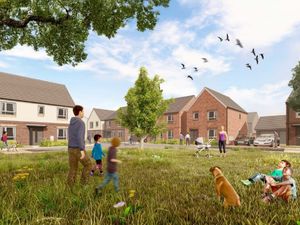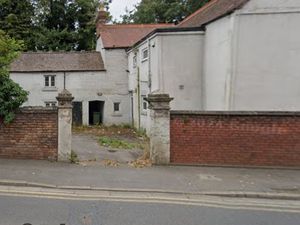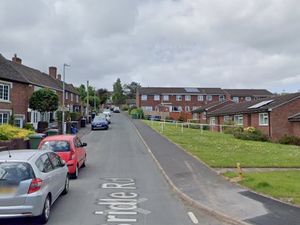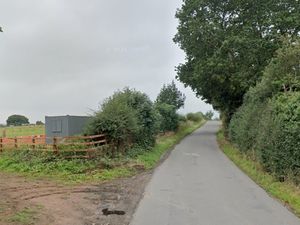Ludlow homes plan ‘would destroy up to 644 trees’
Up to 644 trees will be lost as part of plans to build just eight houses in Ludlow.
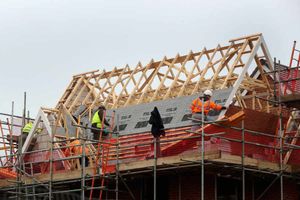
Revised proposals for the properties were submitted earlier this year and are yet to be decided on by Shropshire Council.
It is the third application relating to the grounds of Linney House in The Linney, after approval for the second proposed scheme lapsed.
In a design and access statement, the applicant said: "Extensive tree planting is a major part of the landscape proposal and will provide a long-term woodland setting for the houses."
But the council's trees team has now said it cannot support the application after it estimated a net loss of 644 trees on the site.
However, Ludlow North councillor Andy Boddington, who has previously expressed support for the application, said the final figure was unlikely to be that high.
He said: "The numbers are shocking and I am sure they will be challenged by the developer.
"This is a high end estimate. It more likely that only a third of that number will be lost without replanting.
"The council’s tree team notes that only an indicative landscape plan for planting replacement trees has been submitted with the latest application.
Compensation
"It is now up to the developer to flesh out the details of compensatory planting. Even then, I doubt that the full number of trees can be replaced.
"Not for the first time recently, this raises the question about how developers can be obliged to compensate for loss of biodiversity."
There were originally around 401 trees on the site, 256 of which have already been felled. Some of these were removed following permission under a previous application, while others were felled without permission.
The new application proposes cutting down a further 105. The trees team has also highlighted 283 trees the landowner agreed to plant as compensation for felling without the required permission from the council on two separate occasions.
But under the new application, the tree report said, it looked as if these were now not going to be planted.
The report said: "The tree cover lost both directly and through the loss of agreed compensatory planting provides a considerable erosion of amenity within a conservation area.
"Currently, there has been considerable tree losses at the site, but these are sustainably compensated for under an existing extant planning consent.
"Having removed the trees permitted under a previous application, the applicant now seeks to build upon those losses and introduce more tree removals whilst apparently reneging upon the two separate compensatory schemes that would have established a clear and robust belt of riparian woodland."


